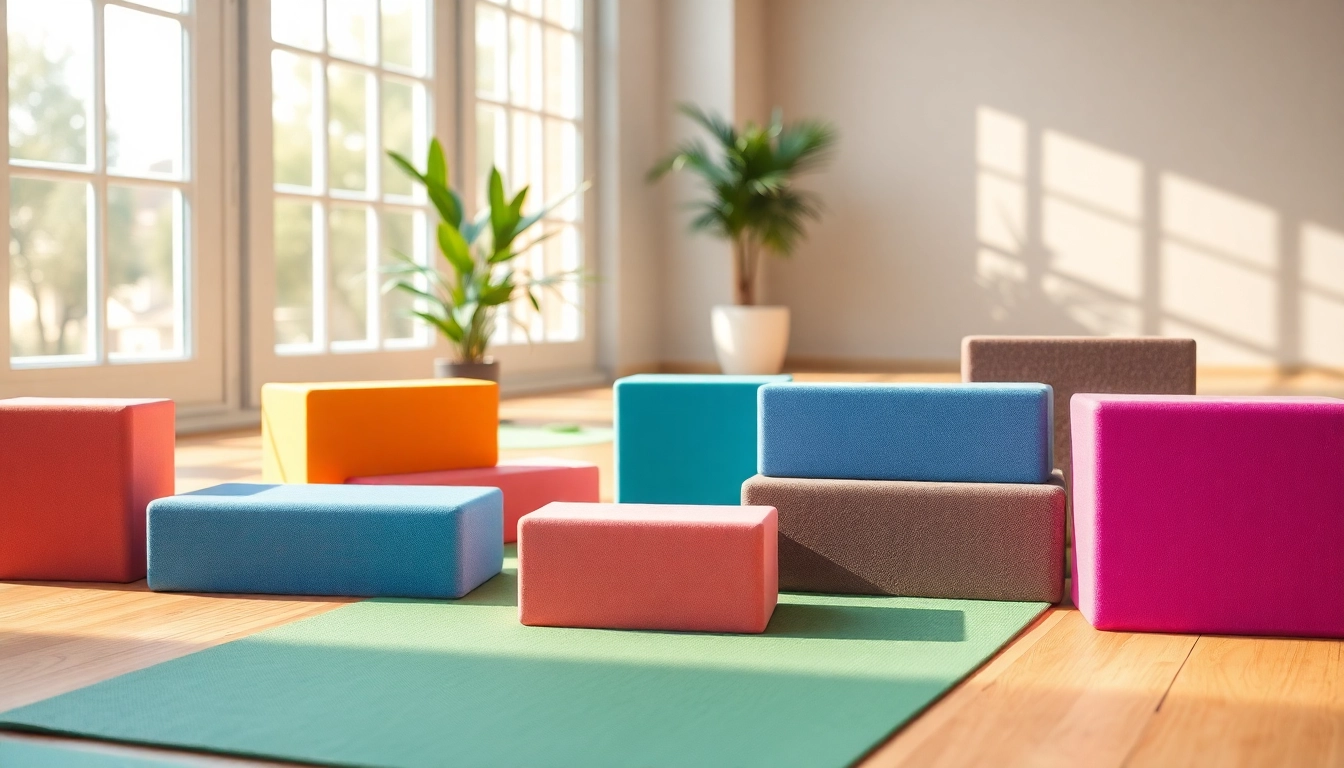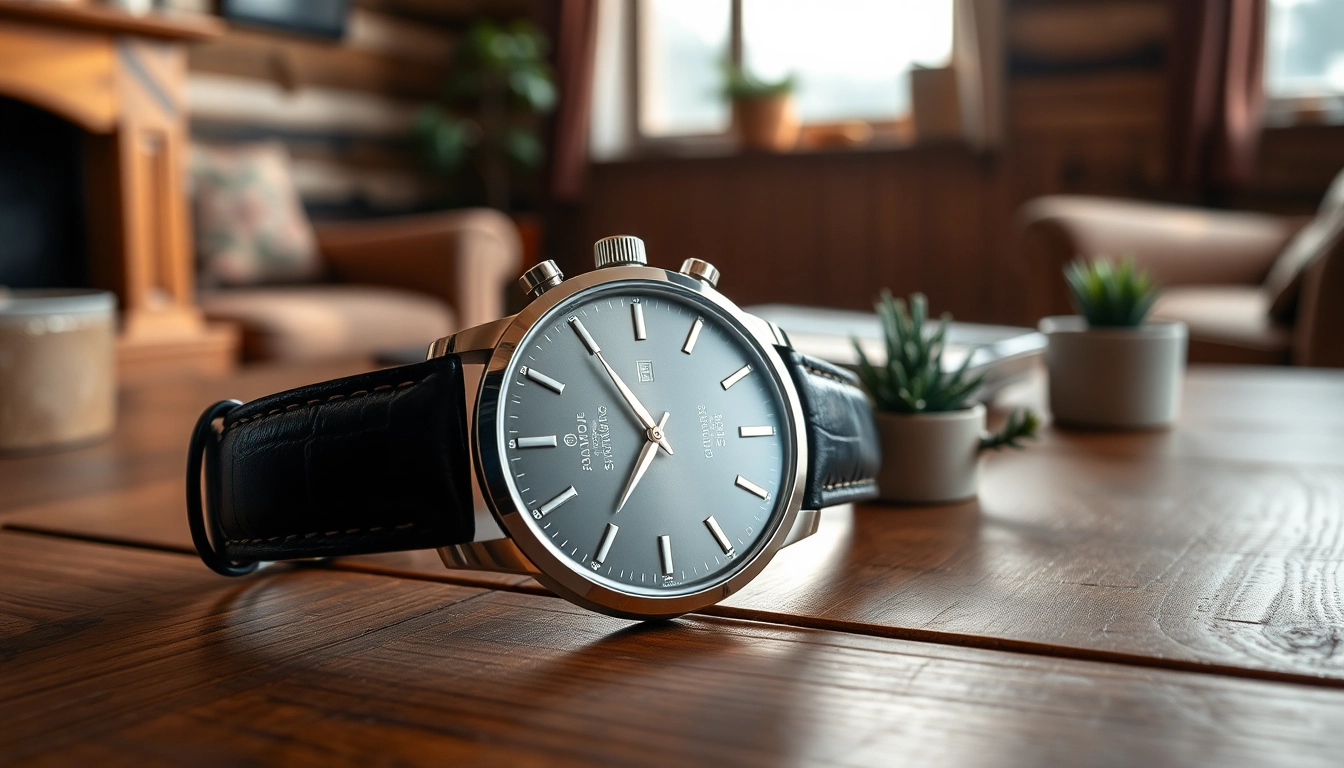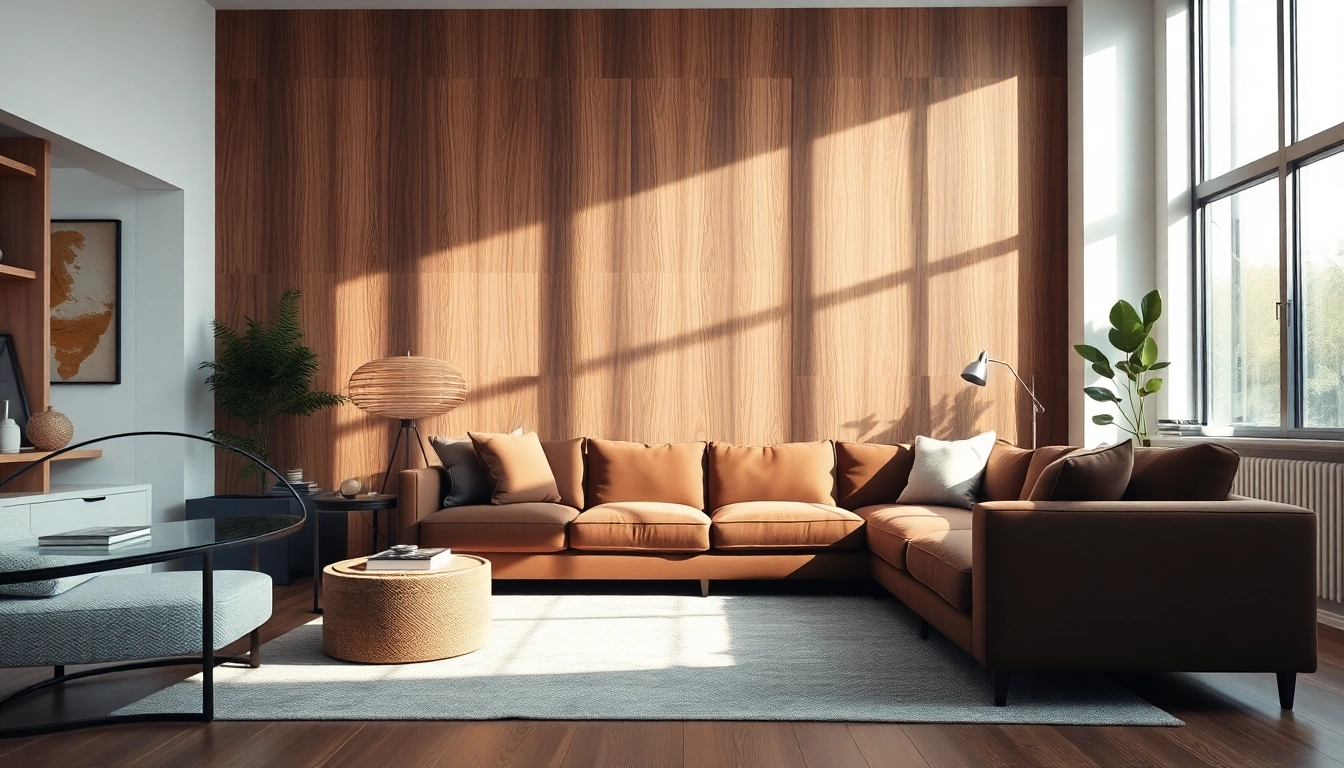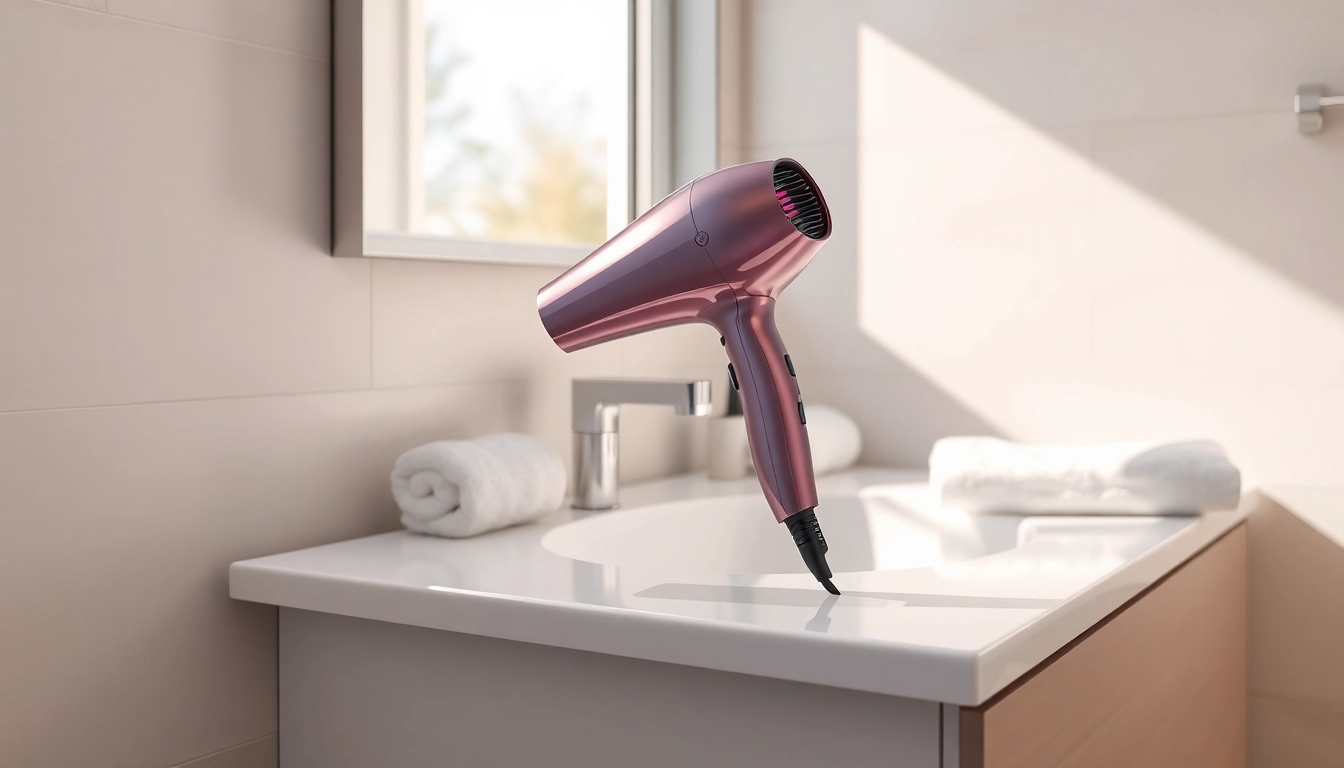Find the Best Places to Buy Yoga Blocks Online for Every Practice
Understanding the Importance of Yoga Blocks
What Are Yoga Blocks?
Yoga blocks are versatile props designed to assist practitioners in achieving greater stability, flexibility, and alignment during yoga poses. Typically made from foam, cork, or wood, these blocks come in various shapes and sizes to accommodate different body types and practices. Their primary purpose is to help support the body, allowing individuals to safely perform poses that may otherwise be challenging without assistance.
Benefits of Using Yoga Blocks
Incorporating yoga blocks into your practice can offer numerous benefits, particularly for beginners and those with physical limitations. Here are some key advantages:
- Enhanced Stability: Blocks provide a wider base for support, enabling practitioners to maintain balance during challenging poses.
- Improved Alignment: By bringing the floor closer, yoga blocks assist in aligning the body correctly, reducing the risk of injury.
- Increased Flexibility: Blocks allow individuals to gradually deepen their stretches, promoting flexibility over time.
- Support for Modifications: They enable modifications for various poses, accommodating different skill levels and physical abilities.
- Reduced Strain: By providing support, blocks decrease muscle strain, enabling practitioners to focus on form rather than struggling to reach the ground.
Different Types of Yoga Blocks Available
Yoga blocks come in different materials, each offering unique benefits:
- Foam Blocks: Lightweight and soft, foam blocks are ideal for beginners due to their affordability and comfort.
- Cork Blocks: More rigid than foam, cork blocks provide a sturdy support option and are environmentally friendly.
- Wooden Blocks: Offering a firm and stable base, wooden blocks are best suited for advanced practitioners looking for an enduring solution.
How to Choose the Right Yoga Blocks
Material Considerations
When selecting yoga blocks, consider the material that suits your practice best. Beginners may prefer foam for its softness, while those seeking durability may lean towards cork or wood. Each material has its own texture and feel, so it’s beneficial to try them out to see which aligns with your comfort and style.
Size and Shape Variations
Yoga blocks generally come in standard sizes, 23cm x 15cm x 10cm being the most common. However, variations such as extra-thick and slim blocks are available to cater to different needs. Additionally, some blocks are designed as wedges for specific poses, which can provide additional benefits.
Price Range and Quality Factors
Yoga blocks are available at various price points, influenced by the material, brand, and quality. While you can find budget options, investing in higher-quality blocks ensures durability and safety. Look for blocks that feel sturdy and provide the necessary support without breaking down over time.
Where to Buy Yoga Blocks Online
Top Online Retailers Offering Yoga Blocks
When looking to buy yoga blocks online, there are several reputable retailers to consider. Shopping online offers the convenience of comparing prices and reading customer reviews, making it easier to find the right blocks without leaving home. A great place to start is to buy yoga blocks online from established health and fitness sites.
Comparing Prices and Shipping Options
Prices for yoga blocks can vary widely, so it’s essential to compare options among different retailers. Additionally, consider shipping costs, as some retailers may charge more for delivery, while others may offer free shipping on certain orders. It’s also beneficial to look out for sales or promotions, especially during holiday seasons or Black Friday.
Customer Reviews and Feedback
Before making a purchase, reading customer reviews can provide valuable insight into the quality and performance of the blocks you are considering. Focus on feedback related to durability, comfort, and usability in various poses. This feedback can help you make an informed decision and select the best option for your practice.
Using Yoga Blocks in Your Practice
Incorporating Yoga Blocks for Beginners
For beginners, yoga blocks can ease the transition into more complex poses. Start by using blocks in foundational poses such as Triangle, Cobra, and Downward Dog. Place the block under your hand or foot to reduce strain and enhance stability. Take your time to familiarize yourself with the supportive role of blocks, allowing your body to gradually adapt.
Advanced Techniques with Yoga Blocks
For seasoned practitioners, yoga blocks can enhance practice by introducing challenging variations. For instance, in poses like Half Moon or Pigeon, blocks serve to deepen stretches and maintain alignment. Advanced users can creatively incorporate blocks to explore new movements and push their limits safely.
Common Mistakes to Avoid
While blocks can be incredibly beneficial, there are common mistakes to avoid. One is relying too heavily on blocks without progressing towards their full range of motion, potentially stunting growth in flexibility and strength. Ensuring that you still challenge your body within each pose, without compromising form, is crucial to a balanced practice.
Maximizing Your Investment in Yoga Blocks
Proper Care and Maintenance
To ensure your yoga blocks last, proper care is essential. Clean foam blocks with a damp cloth and mild soap to prevent dust accumulation. For cork and wooden blocks, using a gentle cleaner can help maintain their condition. Store blocks in a dry place and avoid direct sunlight to prevent material deterioration.
When to Replace Your Yoga Blocks
Over time, deterioration is natural, especially for foam blocks which may compress and lose support. If you notice cracks, a decrease in stability, or an odor that doesn’t dissipate with cleaning, it may be time for replacement. Regularly assess the condition of your blocks to ensure they continue providing the support you need during your practice.
Complementary Accessories for Your Yoga Practice
Enhancing your yoga experience can often be achieved through complementary accessories. Consider incorporating yoga straps to assist with stretches and alignment, or bolster cushions for added comfort in restorative poses. Combining these accessories with your yoga blocks will provide a well-rounded approach, enriching your practice by addressing various body needs.














Post Comment